A thermally controlled molecular reaction - known as decarboxylation - is required to convert non-psychotropic cannabinoid acids to the psychotropic, or “high” educing cannabinoids that we know and adore.
Why is decarboxylation of cannabis so important? Read on to find out all about decarboxylation. You can learn the exact mechanism of decarboxylation of your buds and why certain strains are richer in CBD.
Decarboxylation: what exactly is it?
The term decarboxylation sounds like a complicated one, but it actually refers to a simple chemical process that is essential to enjoying the full effects of cannabis.
What are cannabinoid acids?
If you’ve ever taken a closer look at your buds, you’ve probably noticed a tiny layer with a crystalline structure. These glands, also known as trichromes, are responsible for pumping out a resin filled with cannabinoid acids such as THCA and CBDA.
As the understanding of science around cannabis has evolved, researchers have found that these molecules have their own unique effects. When you light the end of a cigarette or press a button on a vaporizer, it exposes these molecules to high temperatures. This heat then causes the removal of a carboxyl group; in short, this process is called decarboxylation. This converts THCA, CBDA, and other cannabinoid acids to the corresponding cannabinoids (i.e., THC, CBD, etc.), providing us with their known effects.
At which temperature does the process of decarboxylation take place?
Decarboxylation is generally performed at the same temperature for THCA and CBDA. They are both converted to THC and CBD in a constant environment of 110 ° C for 30-45 minutes.
This temperature is sufficiently low to keep the aromatic terpenes and other important phytochemicals from losing their effects.
Advantages of decarboxylation
Decarboxylation has several advantages. Although smoking immediately converts THCA to THC, there several other benefits to decarboxylating cannabis even before it is smoked.
Cannabinoid activation
The process of decarboxylation serves to activate cannabis’ psychotropic effects (THC) in addition to enhancing the existing beneficial elements (CBD, etc.) of it. Whilst smoking and steaming are sufficient for decarboxylation, somewhat more extensive preparation is required to reach its full efficiency for oral consumption.
Prevents the growth of pathogens
Decarboxylation also offers a protective effect. Although cannabis flowers are accepted as being largely less susceptible to pathogens at the tail end of their growth cycle, they can still damage the plants during their storage. Decarboxylation helps remove excess moisture from the cannabis flower, thus minimising the possibility of microbial pathogens ruining the crop.
Why CBD strains also require decarboxylation
During the decarboxylation process, CBDA is converted to CBD. Although CBDA also elicits interesting effects, CBD offers a much higher level of benefits. Before making edibles, tinctures, or oils from CBD buds, it is important to make sure you decarboxylate them for the best results. The decarboxylation temperature is roughly the same for most major cannabinoids.
Cannabinoids
Cannabinoids evaporate at different temperatures, which means that a precisely set temperature acts specifically on specific cannabinoids. Change the temperature depending on the strain you are consuming - you may find that you can get better results with different settings for high THC or high CBD buds.
Terpenes and Flavonoids
Terpenes fundamentally determine the unique taste of each cannabis strain.
In addition, these molecules form synergies with cannabinoids, amplifying their effects.
Flavonoids also complement the complex phytochemistry of cannabis. Amongst other benefits, these molecules have an antioxidant effect. Some of them occur throughout all flora, while others are specific to cannabis.
Decarboxylation solution and concentrates
Kief and cannabis concentrates offer a more powerful experience than the flowers alone. Growers usually collect the resin, which means the trichomes are not exposed to high temperatures during the process. To ensure maximum effectiveness, it is recommended that you use the procedure described above to decarboxylate cannabis buds before preparing the above products.
How to decarboxylate cannabis
In the case of smoking and vaporising, decarboxylation occurs automatically as a result of the smoking process. Whilst it is much less sophisticated than the below listed methods, simply lighting the product with a flame immediately decarboxylates the cannabinoids and terpenes so you can quickly achieve the desired effect. However, it is worth noting that the excessive heat which is produced by this method “destroys” some of the volatile molecules. Vaporisation is somewhat more regulated.
Vaporisers heat THC, cannabinoids, and terpenes near their boiling point to activate them, exploiting almost all of these compounds.
Oven method
By far the commonest method of decarboxylation of cannabis, especially during the preparation of edibles, is to simply “bake” it in the oven, as follows:
1. Crumble the cannabis so that it can spread thinly and evenly.
2. Line a baking sheet with baking paper.
3. Pour the ground cannabis into the baking tray, making sure it is evenly distributed.
4. Preheat the oven to 115°C and place the baking tray in for approx. 45 minutes.
5. Stir the cannabis at half-time.
That’s it. It is important to pay attention to the oven temperature during the process. Whilst it can be tempting to heat the buds at higher temperatures to “get the job done faster”, this would actually be damaging, and simply break down the cannabinoids and terpenes to the point of making the buds unusable. Heating at lower temperatures for extended periods of time is generally the safest and most effective method.
While this is the most popular method (and many would say the easiest), there are many other ways to consider as well.
Microwave method
If you don't have a spare ¾ of an hour for the oven technique, then this method is ideal, and even a little more practical. As with the previous method, grind the plant/buds well. Place into a microwave-safe tray or bowl. Set the microwave oven to a high setting for about 90 seconds. When done, remove the buds and smell them. They should have a pungent odour. If the scent is not yet evident, then simply stir and put the tray back in the microwave for another 60 to 90 seconds. Perhaps the single downside of decarboxylating cannabis in a microwave, (as opposed to a conventional oven) is the difficulty of not being able to control the temperature.
In addition, microwave ovens can be very different, so you will need to experiment with the right settings depending on the make and model and how powerful it is. If you are afraid of burning the buds this way, consider using a lower microwave setting and baking the bud for a slightly longer time. Always keep an eye on your bud to prevent it from burning - you can tell if it is properly prepared based on its final aroma.
Sous-vide method
This method is also an excellent way to decarboxylate, owing to the exceptionally low margin for error. Since water boils at 100°C, it is literally impossible to burn the cannabis with this method. In addition, since you will be using a thermometer, you can check the temperature very accurately to activate all the cannabinoids in your bud.
As always, grind the bud to a medium consistency. Then, place it in a sous-vide bag and seal it well with a vacuum. If you have a precision sous-vide stove, set it to 95°C, heating it for about 1 hour. If you do not have a sous-vide stove, fill a pan with water and bring to a boil over high heat. Once boiled, reduce the heat and keep the water temperature between 95 to 100°C with a thermometer. Place the vacuum-sealed bag in the water and cook for approx. 60 minutes. Patience is key when using sous-vide. This method takes significantly longer than the others on the list, but the results are extremely satisfactory.
“Natural” method
It is worth noting that cannabis naturally decarboxylates over time if left alone.
Exposure to the elements is sufficient for THCA to gradually convert to THC, and THC to CB. However, this process is incredibly lengthy, so it will almost certainly take some kind of heat to move the process forward.
Ultimately, whichever method you choose, decarboxylation is essential to “unleash” the psychotropic effects of THC.
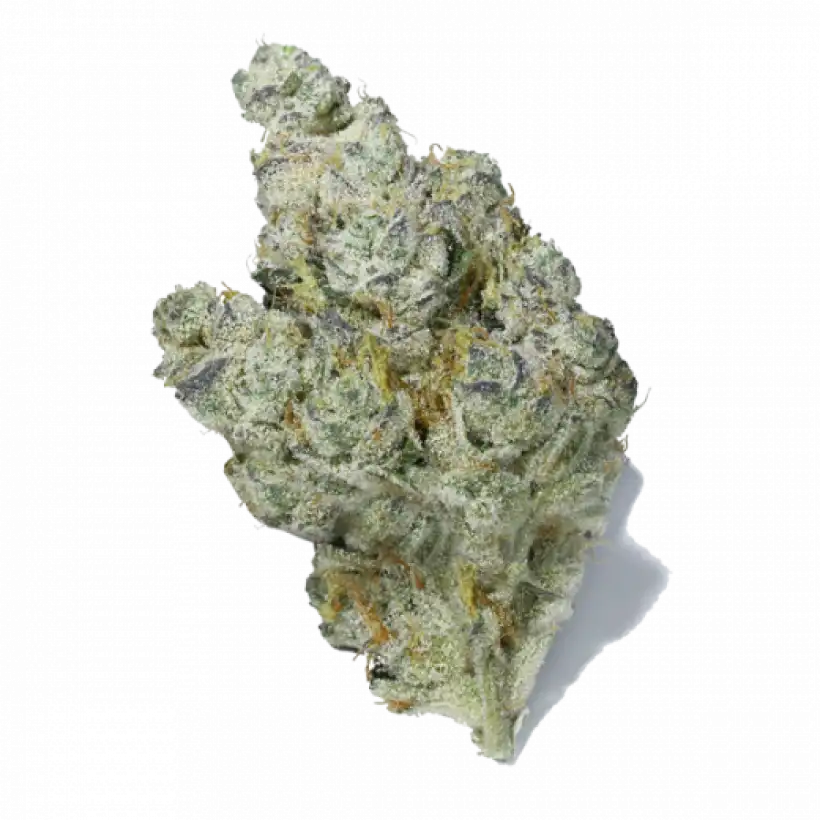
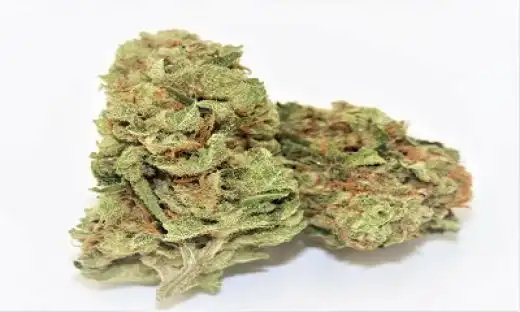

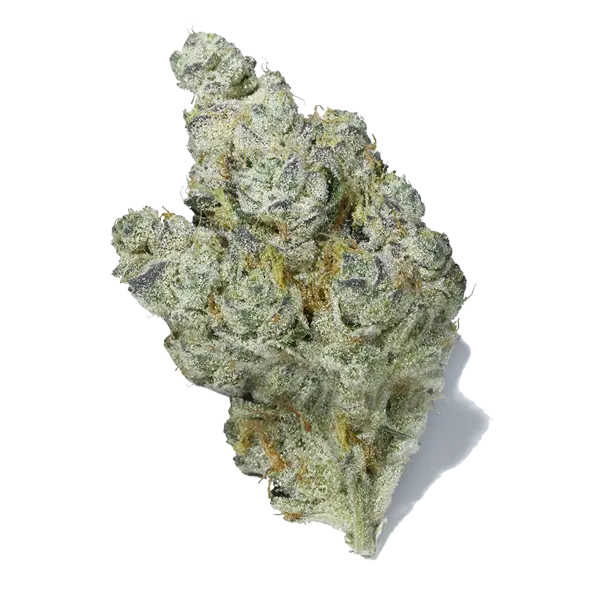

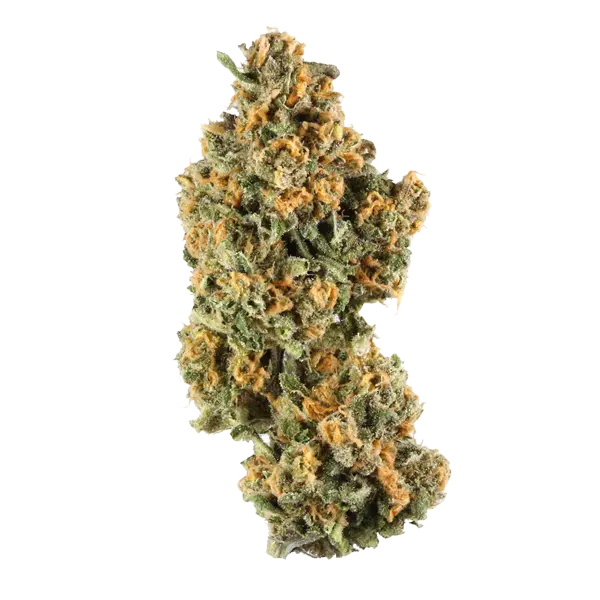
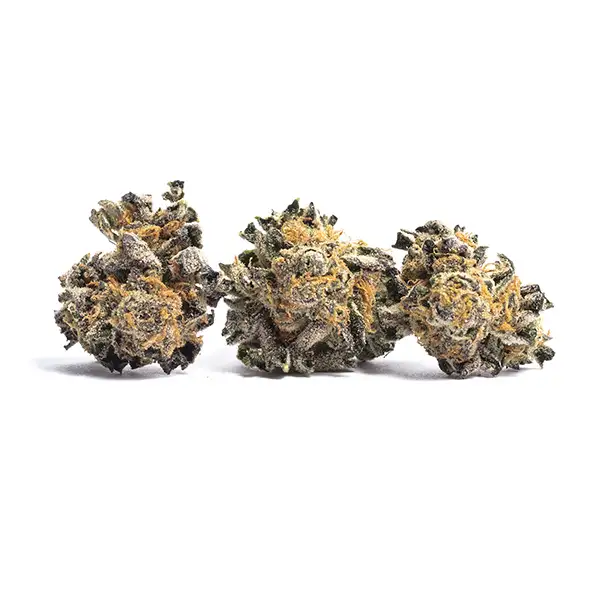
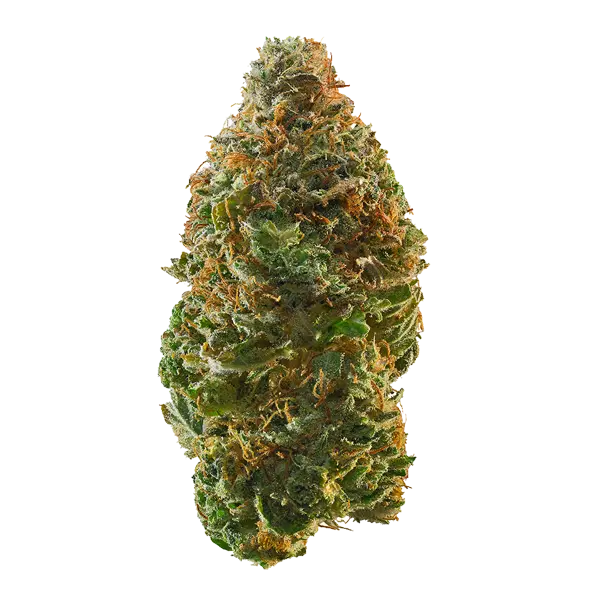
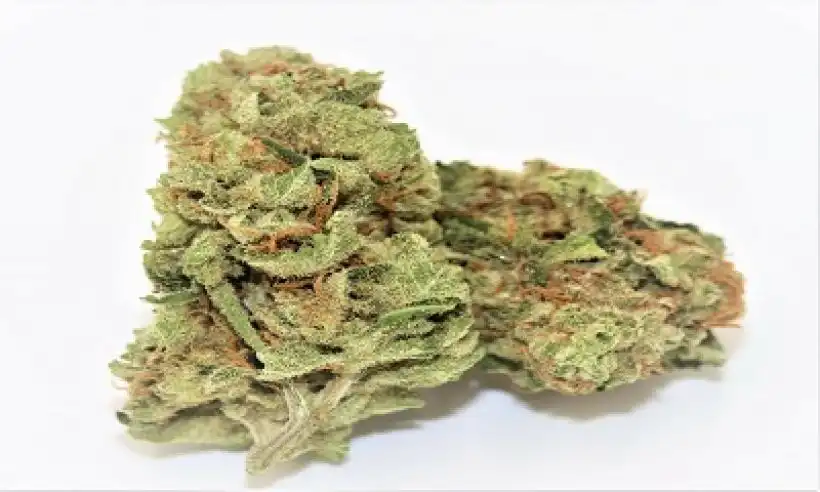
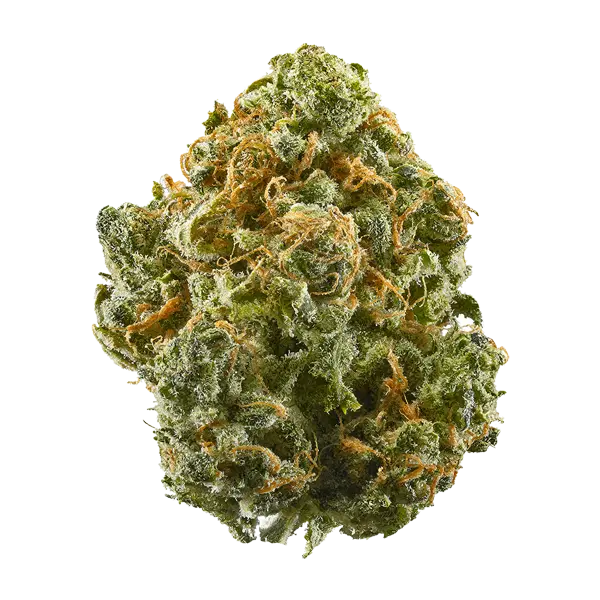
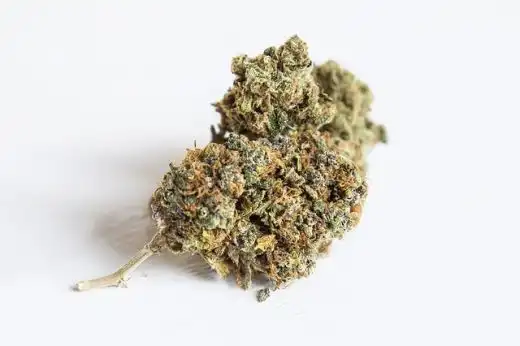
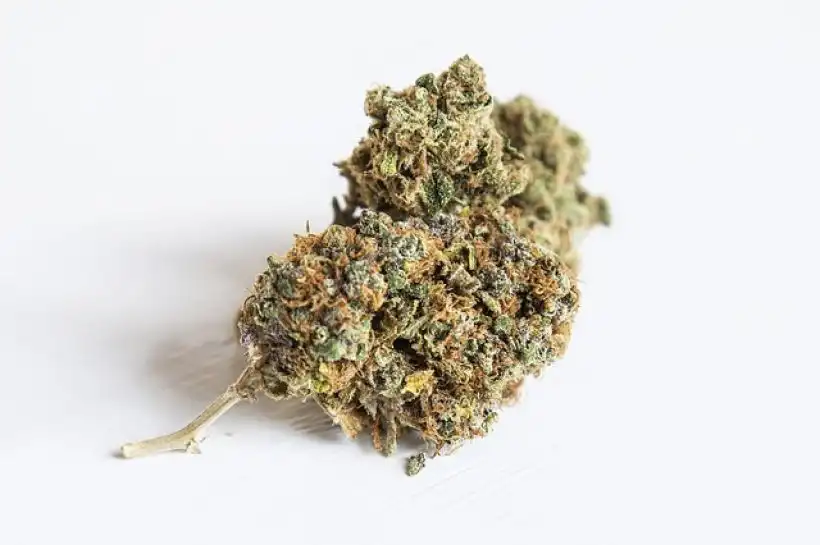

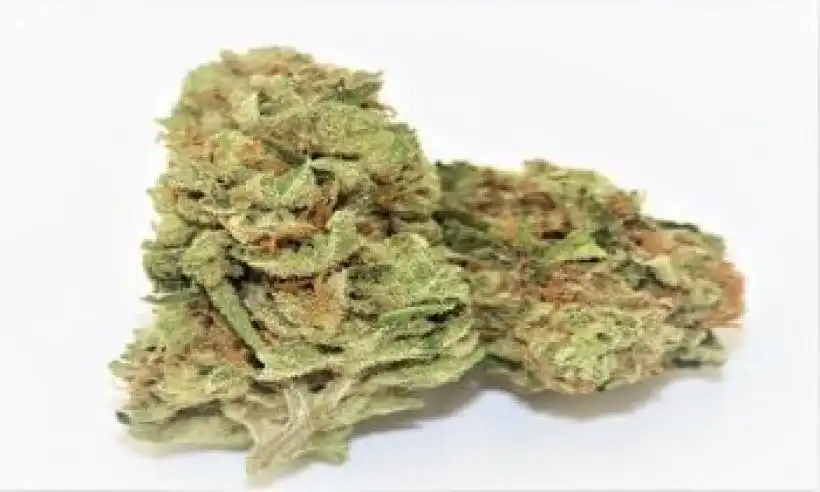

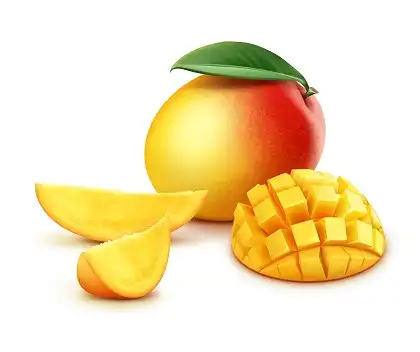
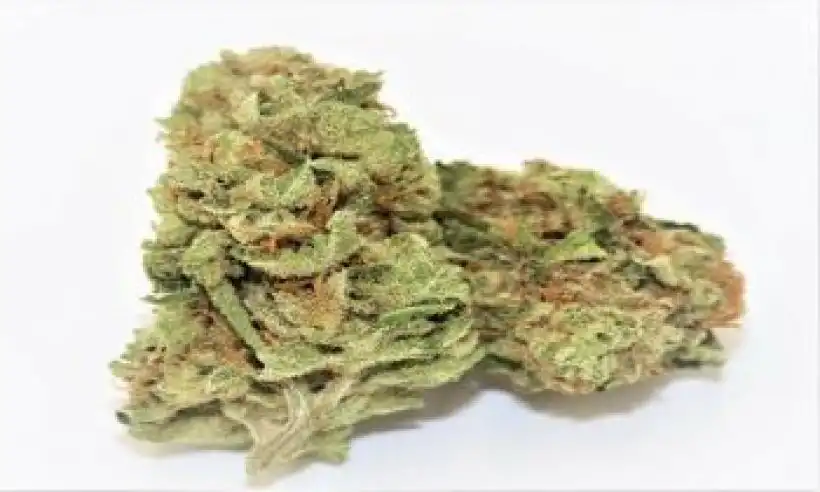
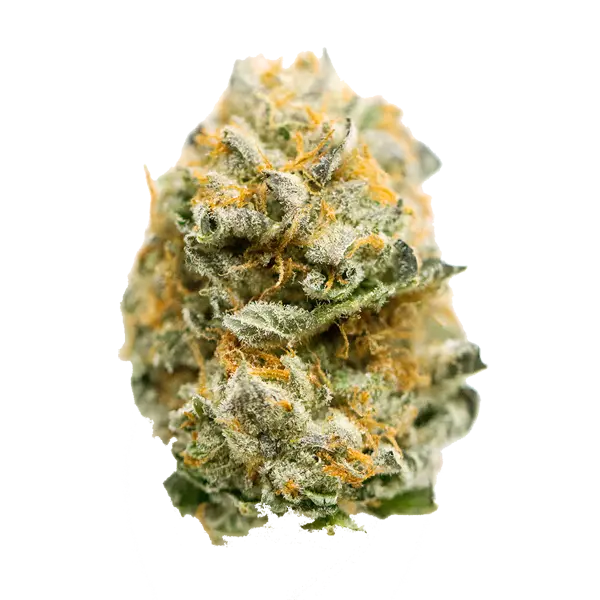
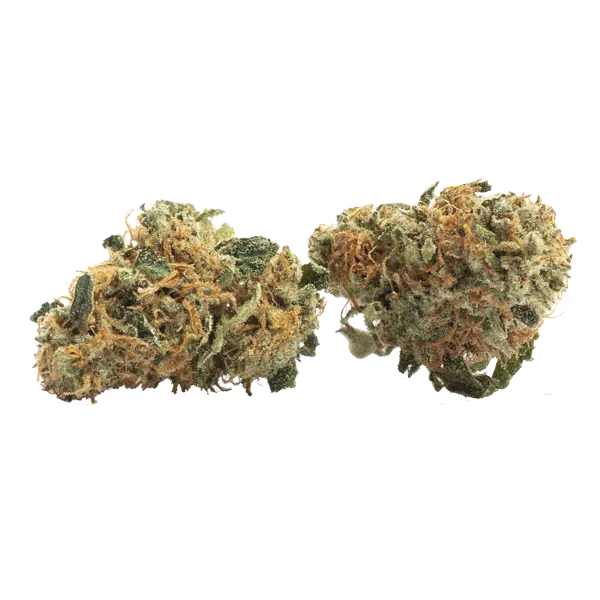
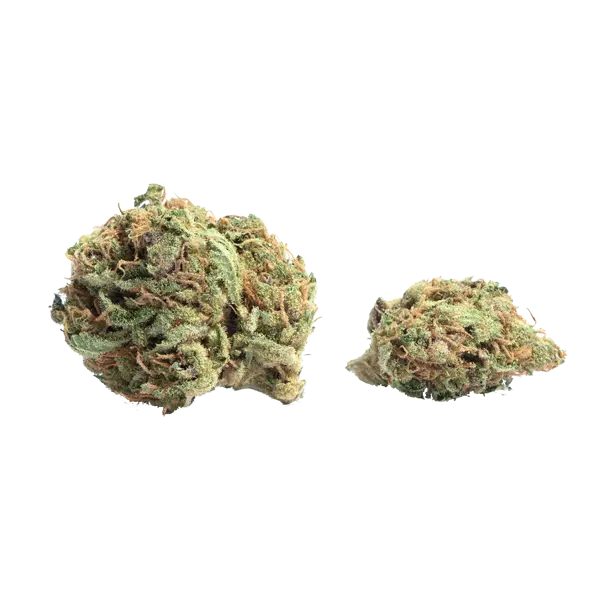
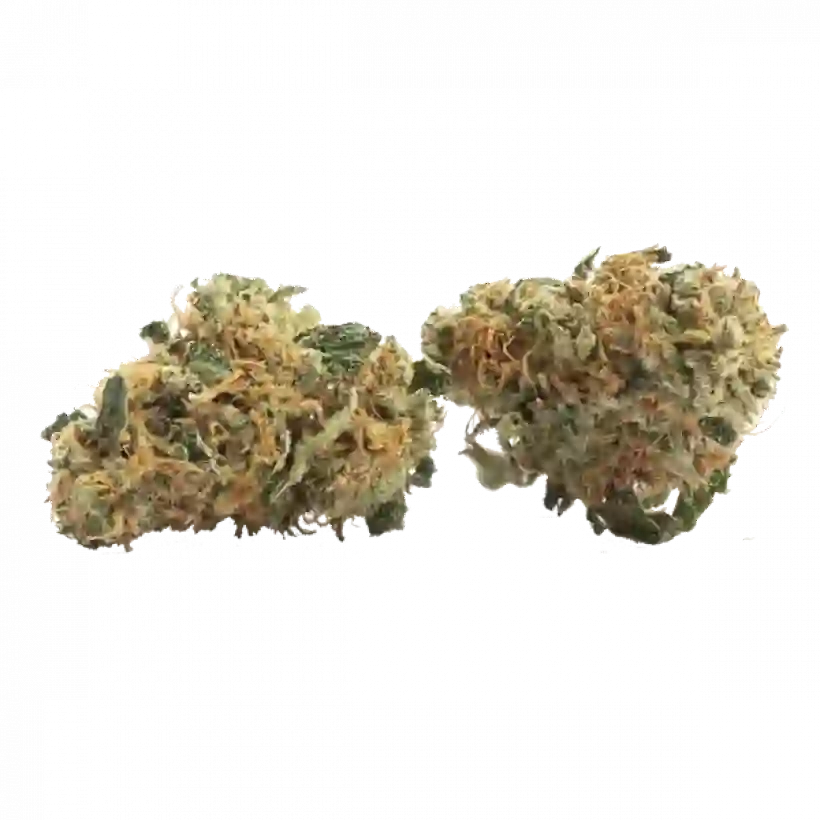
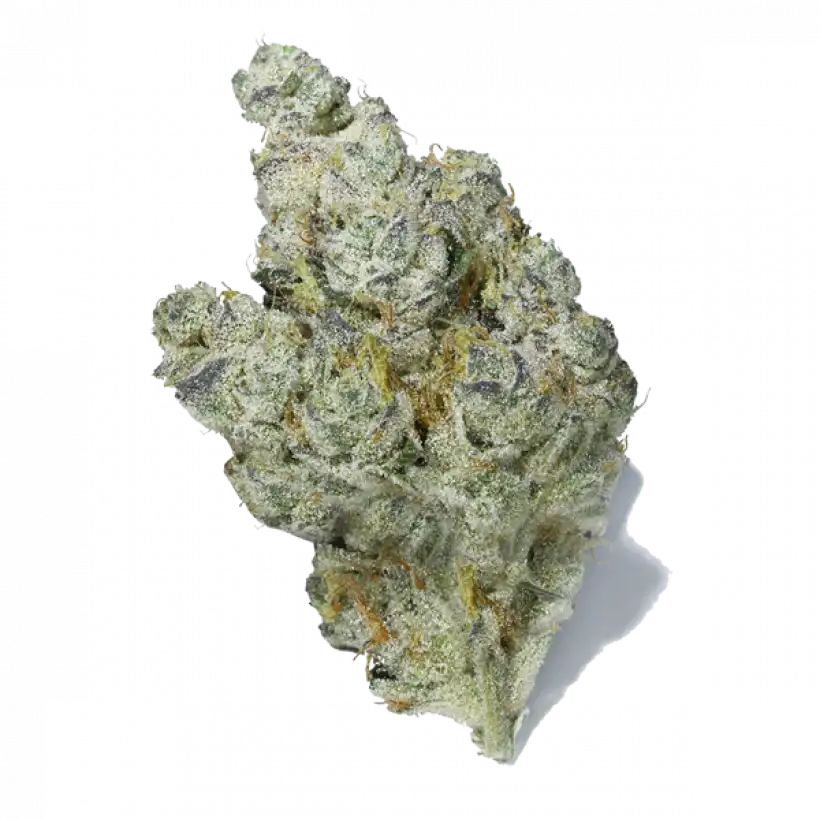

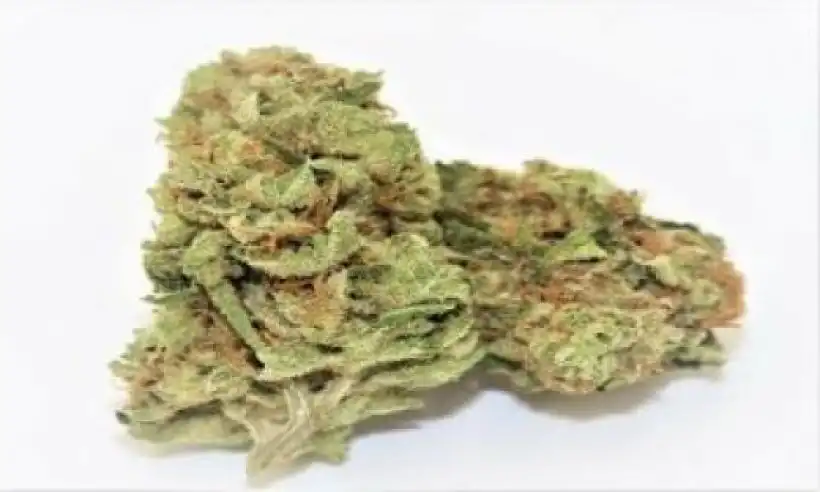
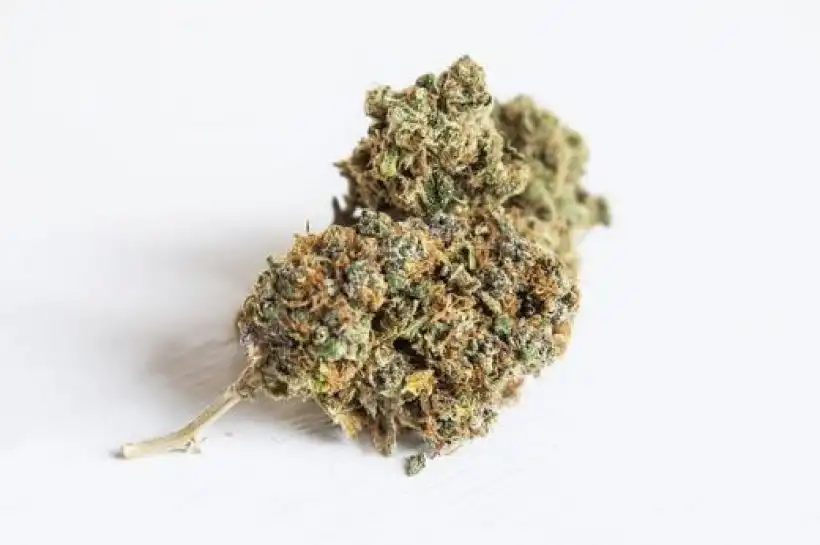

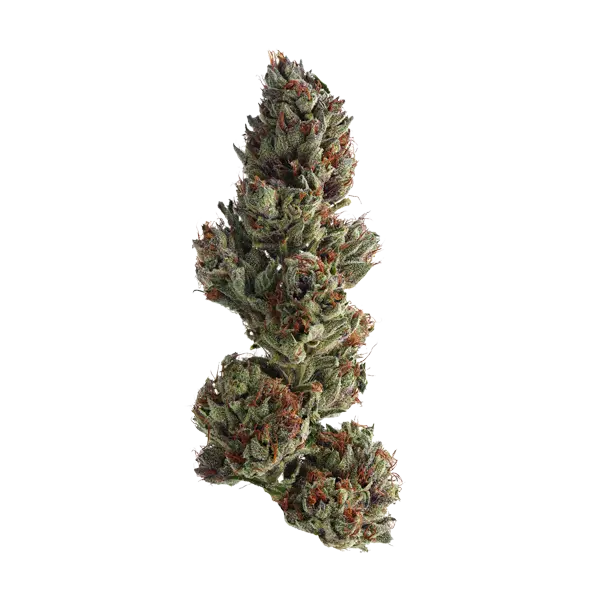
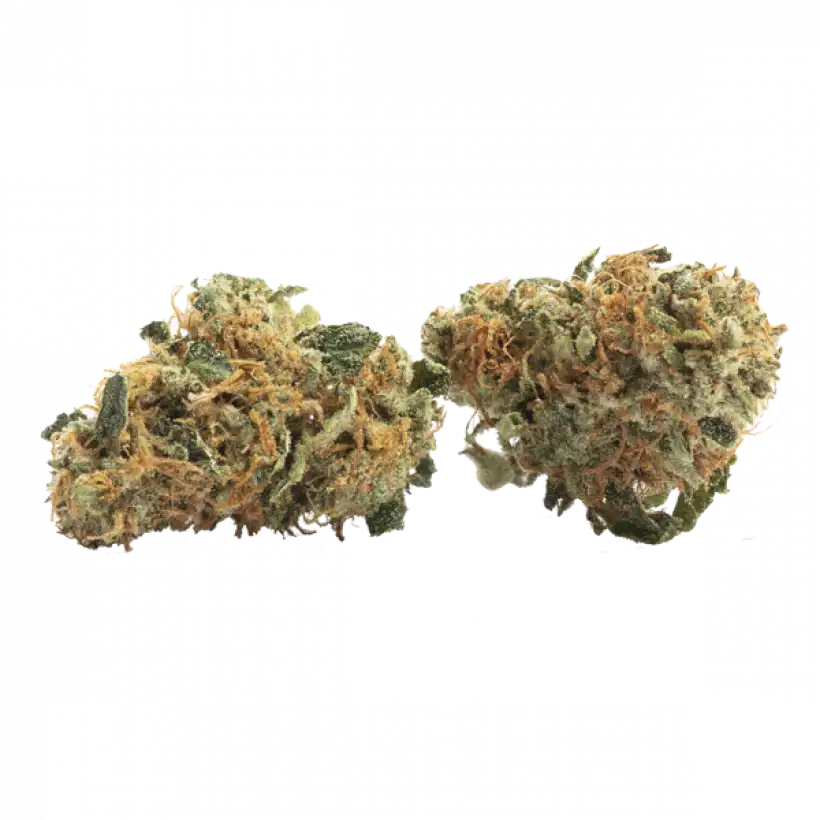
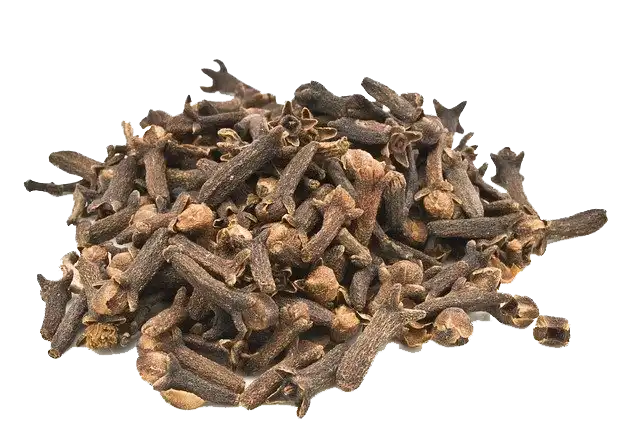
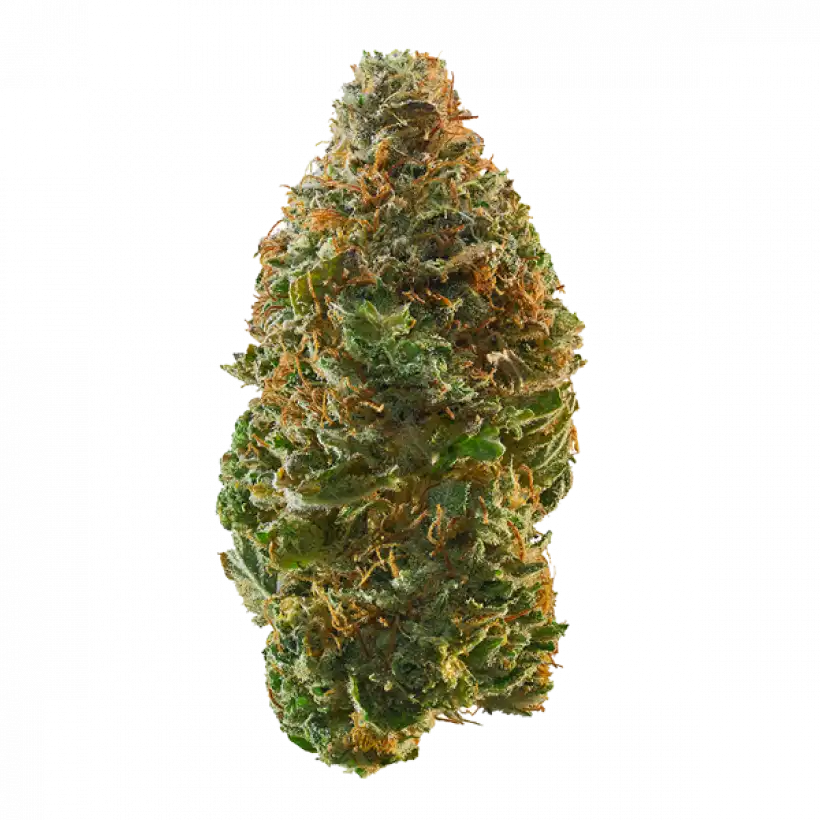
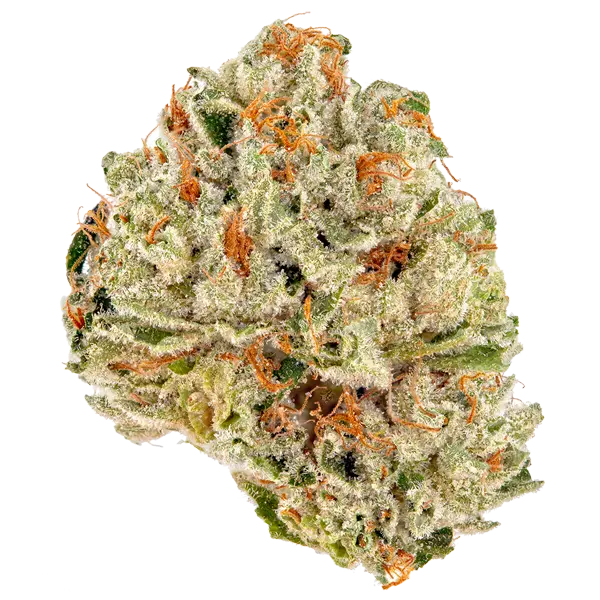
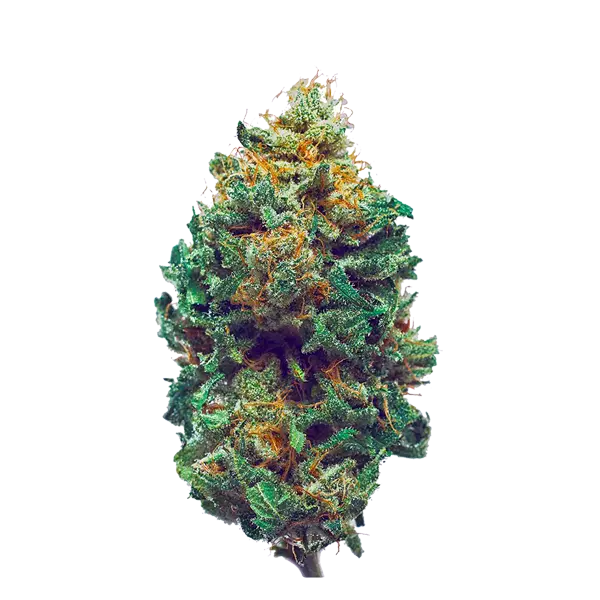
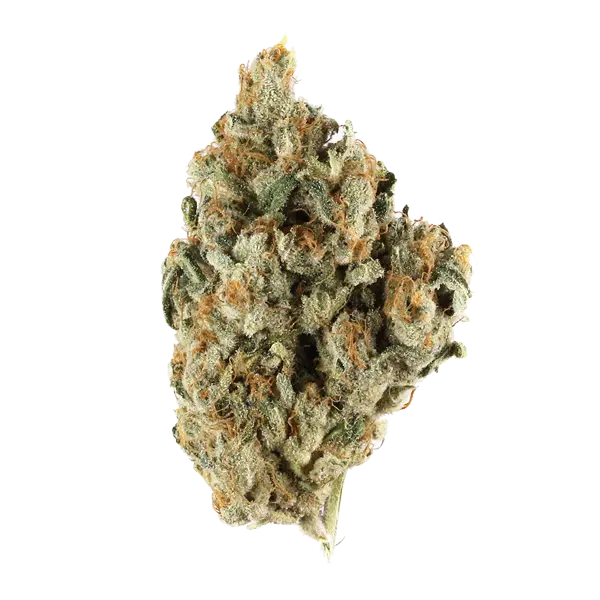
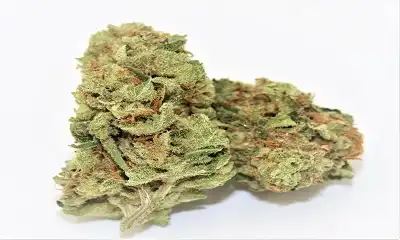
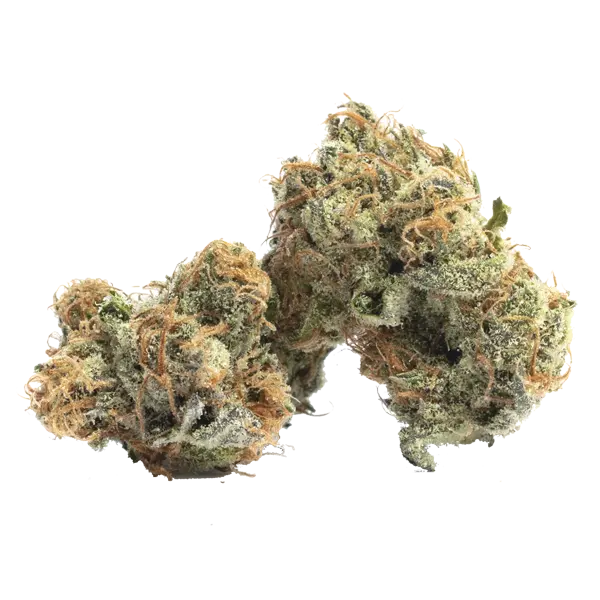
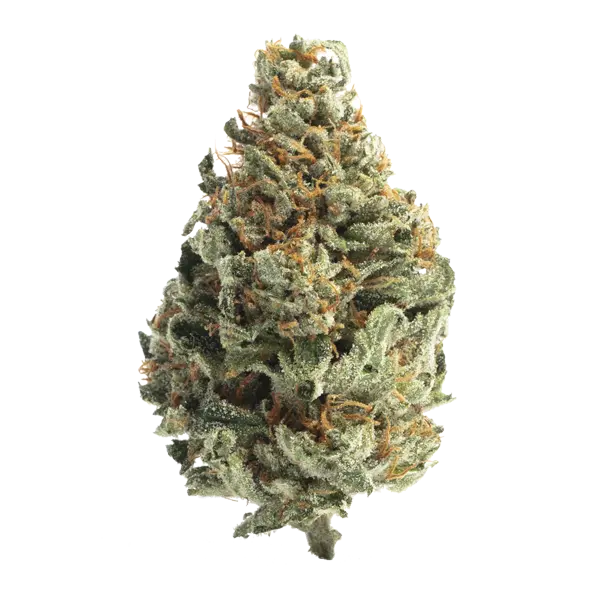
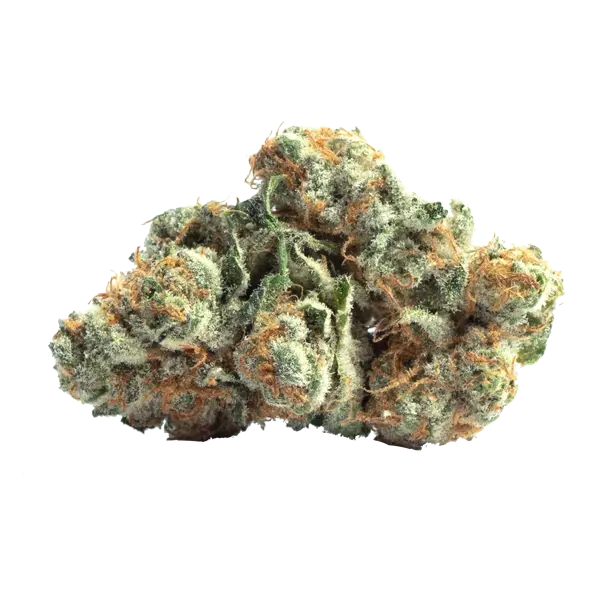
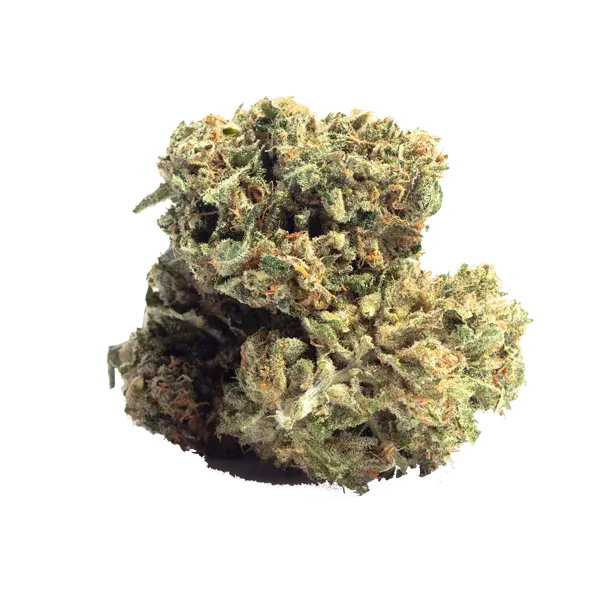

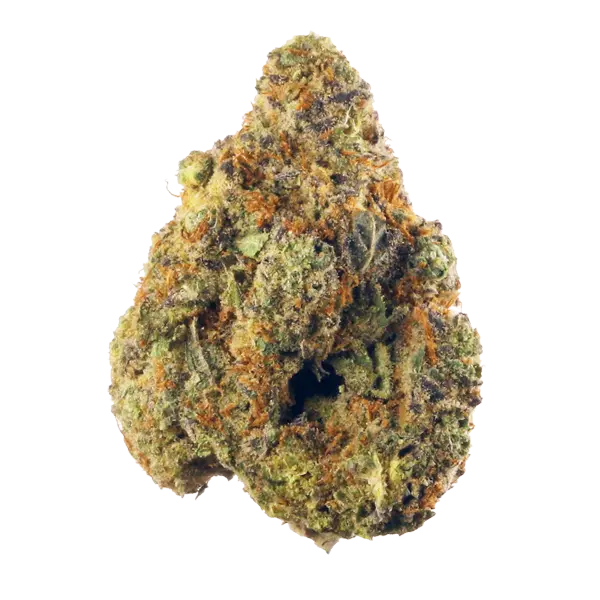
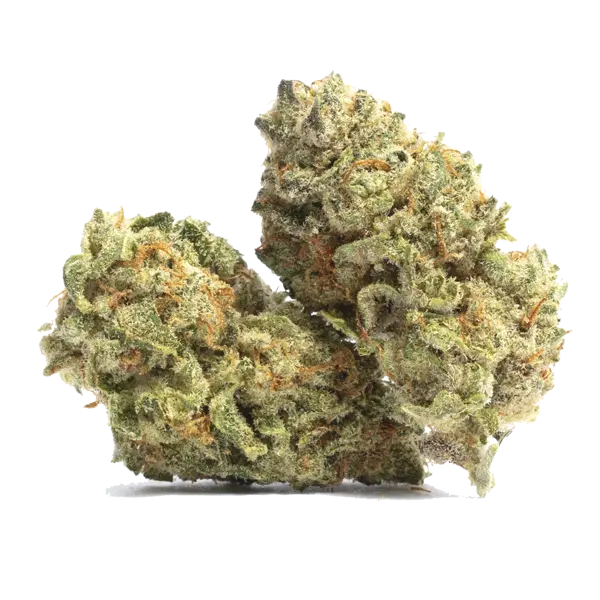

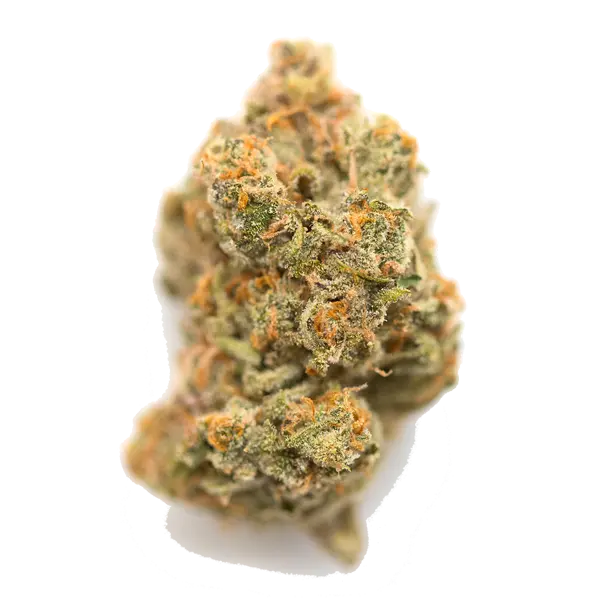

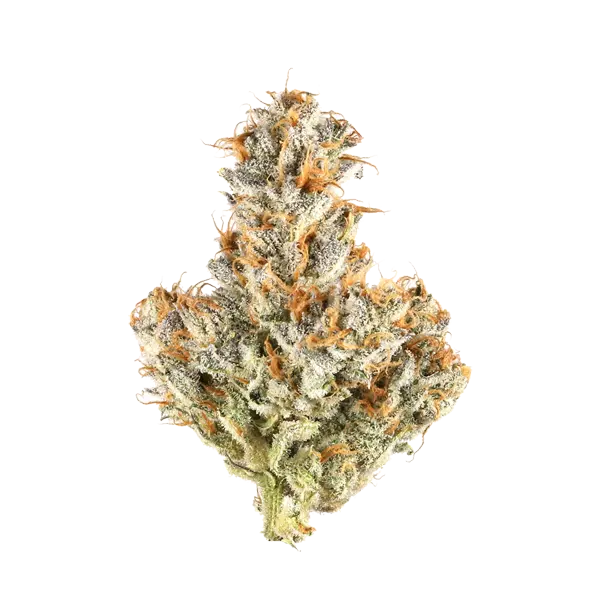
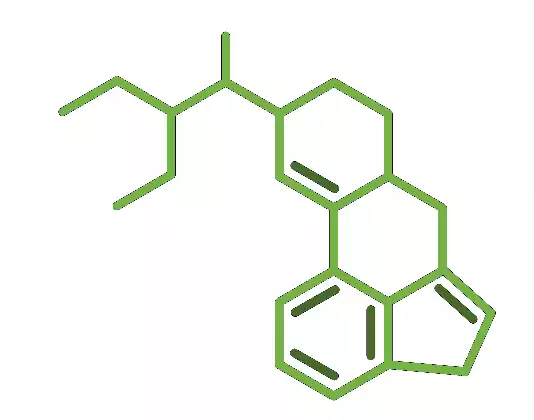



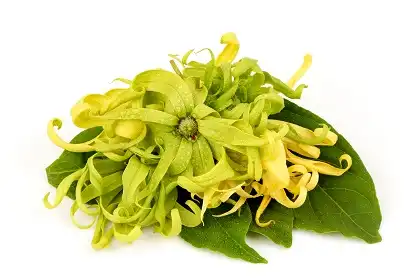
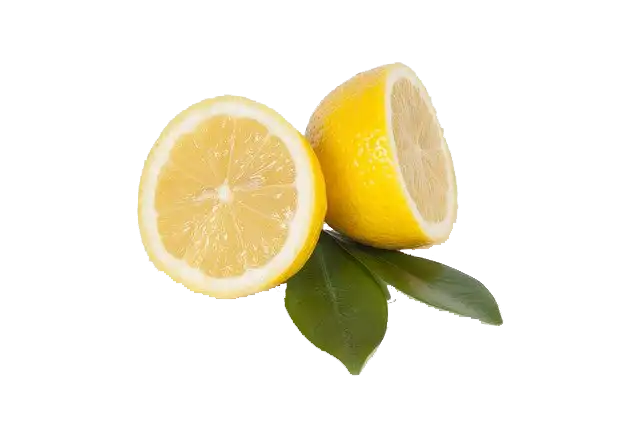

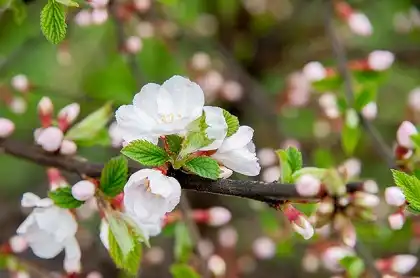
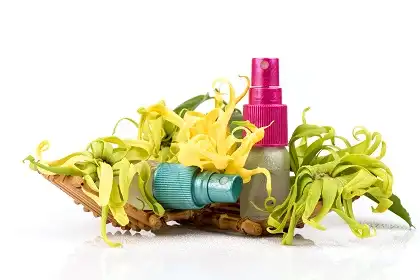


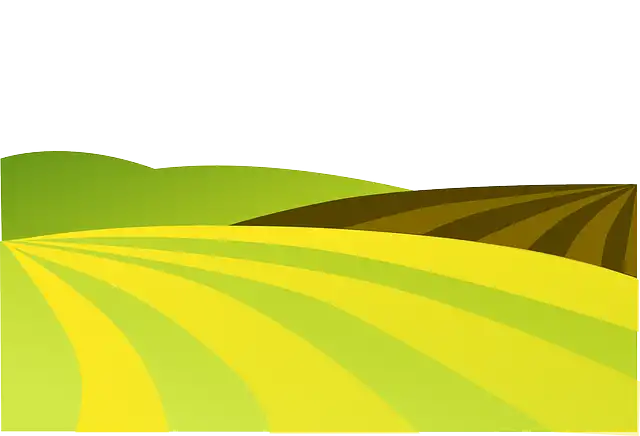
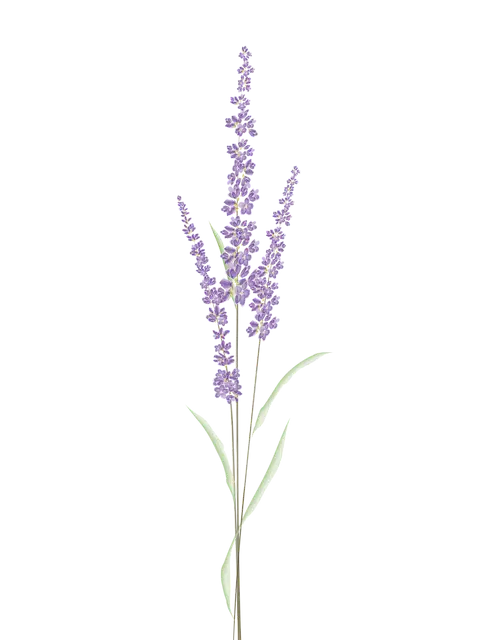
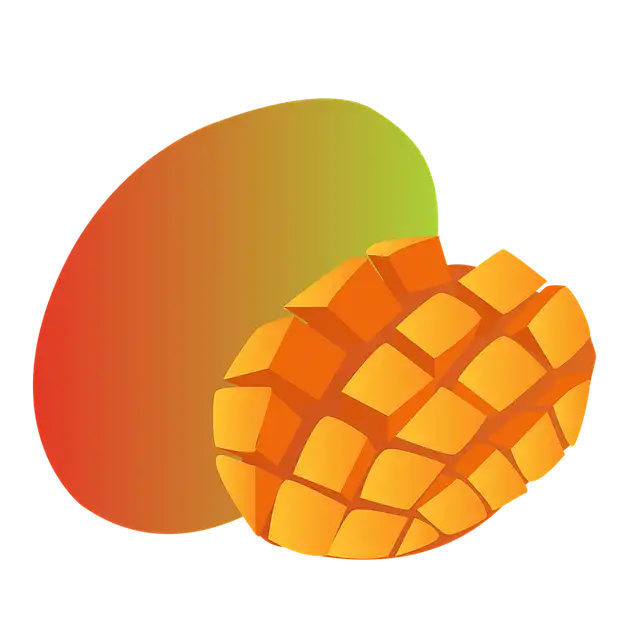
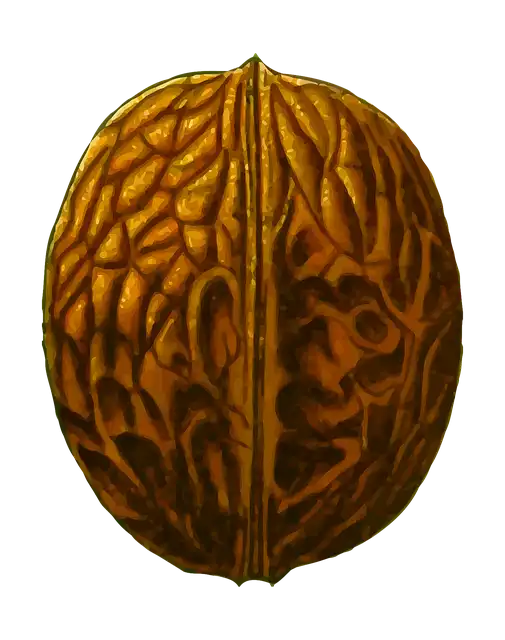
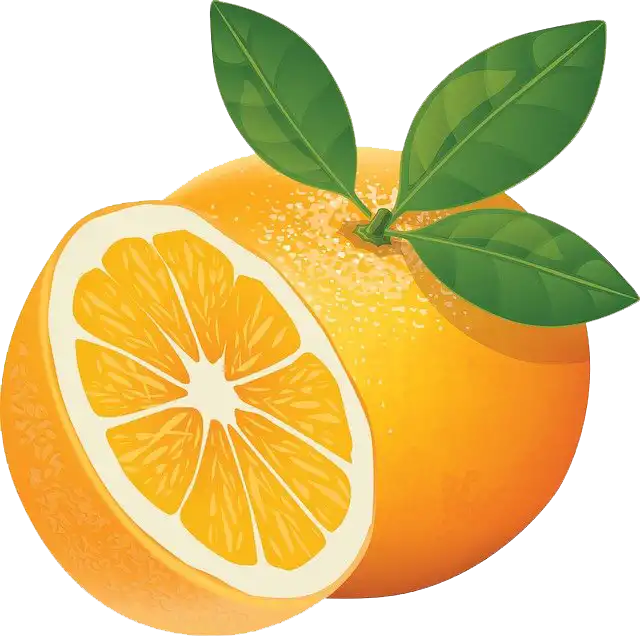
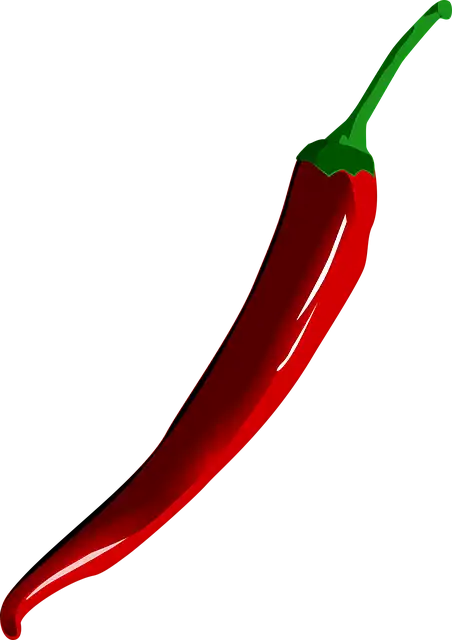
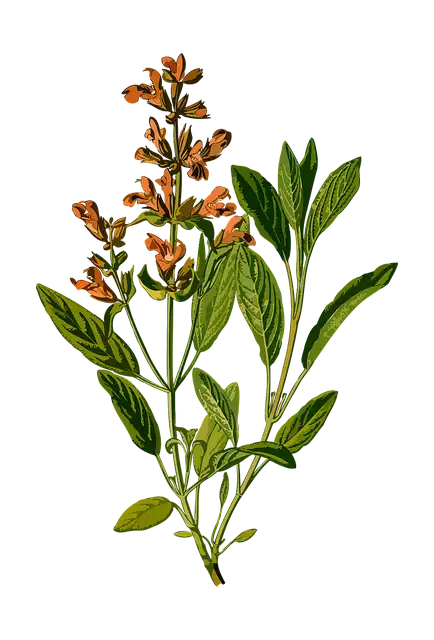

 How to Properly Protect Cannabis Seeds
How to Properly Protect Cannabis Seeds Preparing for Organic Cannabis Cultivation
Preparing for Organic Cannabis Cultivation








